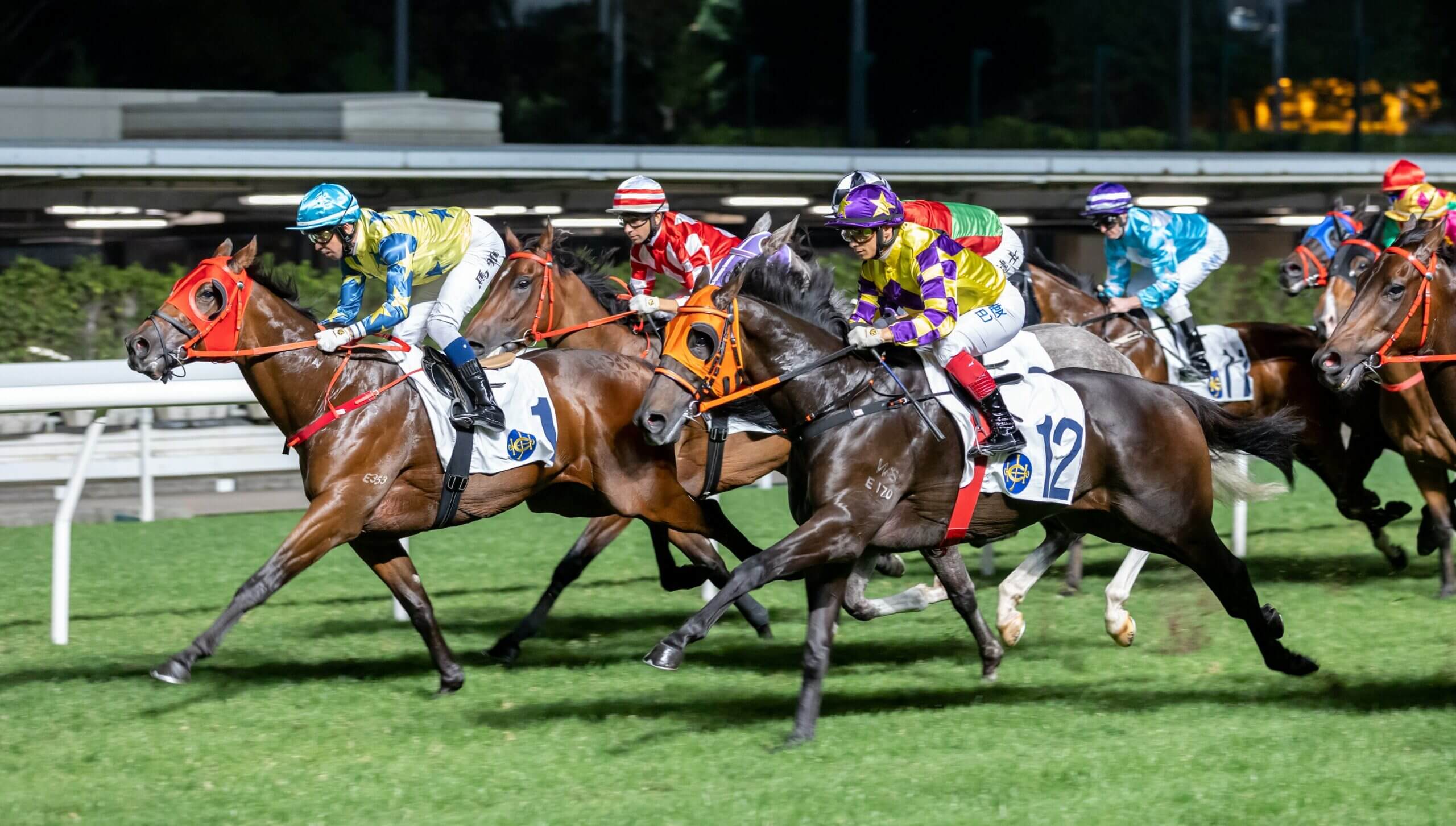Overpriced horses hamper Hong Kong’s quest to maintain quality
David Morgan explores the myriad bloodstock complexities currently impacting the Hong Kong market.

Not so long ago, a HK$10 million (AU$1.8 million) outlay would have been enough to put a high-profile Australian or European stakes horse aboard a plane for a new life at Sha Tin. But the times are ever a-changing for Hong Kong’s owners: in the past decade their dollars have been stretched and their market options reduced.
During a recent interview on the Hutchi’s Honkers podcast, Hong Kong’s champion trainer Caspar Fownes – in conversation with his brother-in-law Clint Hutchison and ex-jockey Shane Dye – expressed candidly his frustration at how the market has altered to the detriment of Hong Kong racing.
“You know, in the old days we could spend two million or two and a half million Aussie (dollars) but now that’s seriously not getting you what you want. They’re offering you horses for 800 (thousand) or a million and they’re not even worth 300,000, to tell you the truth,” he said.
Fownes’s fellow Sha Tin trainer, Richard Gibson, gave Asian Racing Report a Northern Hemisphere slant: “It still amazes me, when contacting European trainers with offers north of £500,000 (AU$870,000), not being considered after that horse has won a £3,000 maiden. It’s staggering.”
This reality, Fownes noted, has prompted a shift in thinking about Hong Kong’s model of buying horses: “It’s just looking like our future is buying either good trialled horses or preparing horses that you buy from the yearling sales or breeze-up sales and hope that you hit a star amongst them.”
That, on the face of it, suggests less PPs (Private Purchases) and more PPGs (Privately Purchased Griffins): less stakes-tried imports like Werther, Designs On Rome and Beauty Generation and more unraced stock, ideally like Able Friend, bought as a yearling, and Golden Sixty, sourced out of a New Zealand breeze-up sale.








